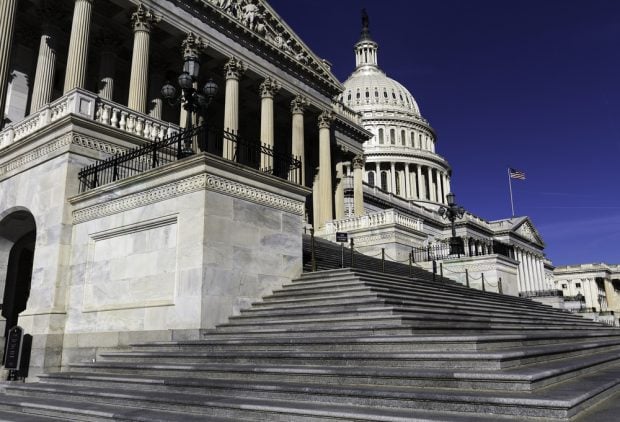Once again, the American Bankers Association asserts that regulatory relief for credit unions represents a threat to the $16.2 trillion banking industry, coining a new catchphrase – "unsanctioned growth" – to characterize the alleged hazards of the NCUA's advance notice of proposed rulemaking on alternative capital. Yet the concept of "unsanctioned growth" is fiction, much like the banking trade's interpretation of the Federal Credit Union Act. The recent comment letters by both the ABA and the Independent Community Bankers of America on the NCUA's alternative capital ANPR are a shot across the bow, intended to sow uncertainty while masking the anti-competitive animus that inspires them to file lawsuits against the NCUA whenever they perceive the slightest bit of regulatory relief for credit unions coming from our bipartisan independent regulator.
Take, for example, the ABA's assertion that the NCUA lacks the legal authority to permit credit unions to include alternative capital in their risk-based net worth calculations. The ABA argues, with no apparent irony, that because the terms "net worth" and "risk-based net worth" share some of the same words, they must necessarily be subject to the same statutory restrictions. To complement this flawed legal reasoning, the ABA offers an equally conclusory statement regarding credit unions' tax-exempt status. To wit, the ABA asserts that alternative capital might resemble capital stock, but doesn't bother to define that term or explain how a non-voting, non-share instrument like subordinated debt could possibly interfere with the mutual and cooperative ownership of credit unions – a historic basis for credit unions' tax exemption. In its very short letter, the ABA fails to recognize even the most basic of facts: That federal credit unions' tax-exempt status is not related to capital structure.
Unfortunately, the ABA's gun jumping doesn't end with its misreading of the Federal Credit Union Act. The letter also claims that although there is "little demand" for alternative capital instruments, the threat of "unconventional" growth represents too great a risk. However, granting credit unions the option to issue alternative capital to improve risk-based capital buffers would actually benefit safety and soundness. Apparently, the ABA would prefer a hobbled credit union industry with fewer capital options as a way of guaranteeing the safety of deposits.
Complete your profile to continue reading and get FREE access to CUTimes.com, part of your ALM digital membership.
Your access to unlimited CUTimes.com content isn’t changing.
Once you are an ALM digital member, you’ll receive:
- Critical CUTimes.com information including comprehensive product and service provider listings via the Marketplace Directory, CU Careers, resources from industry leaders, webcasts, and breaking news, analysis and more with our informative Newsletters.
- Exclusive discounts on ALM and CU Times events.
- Access to other award-winning ALM websites including Law.com and GlobeSt.com.
Already have an account? Sign In
© 2024 ALM Global, LLC, All Rights Reserved. Request academic re-use from www.copyright.com. All other uses, submit a request to [email protected]. For more information visit Asset & Logo Licensing.









